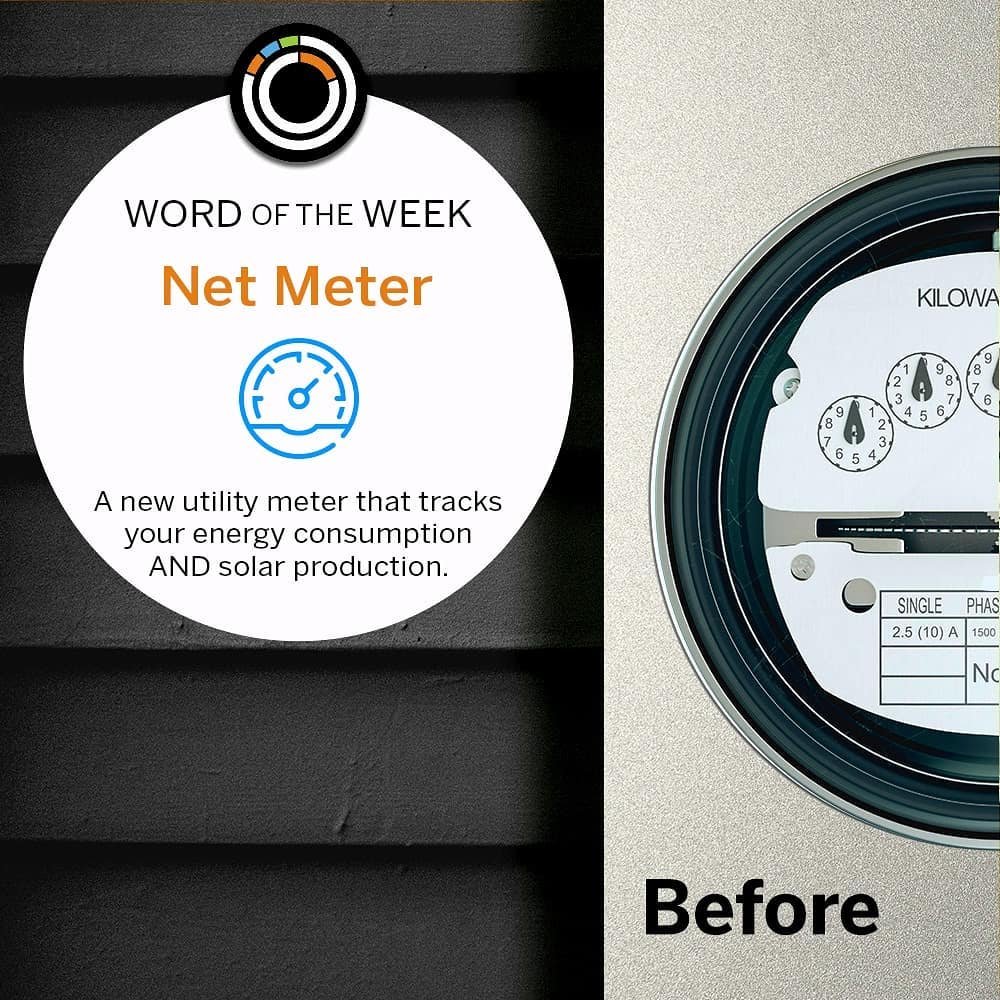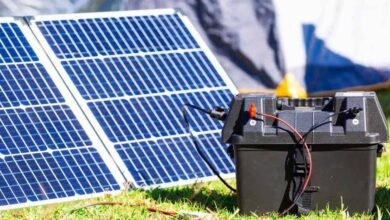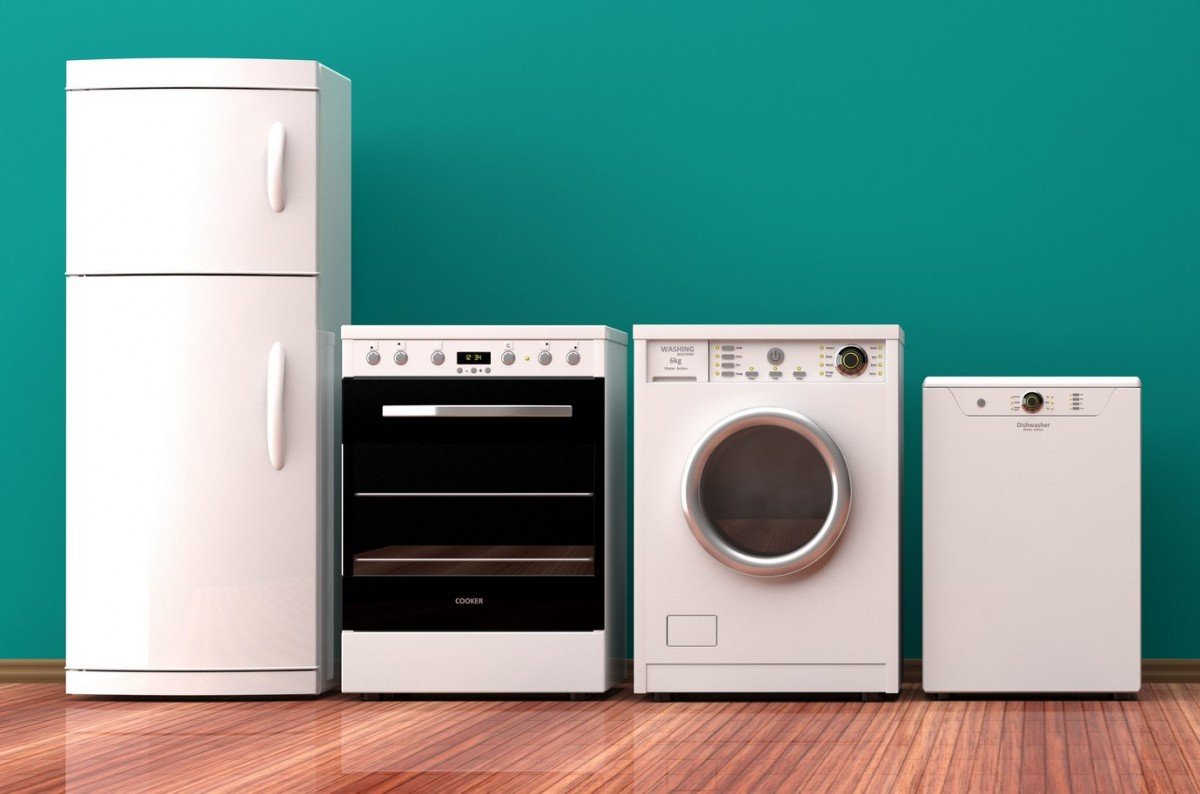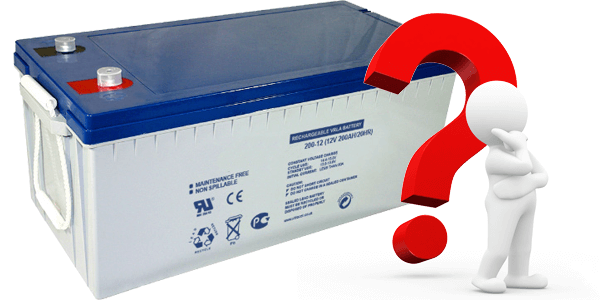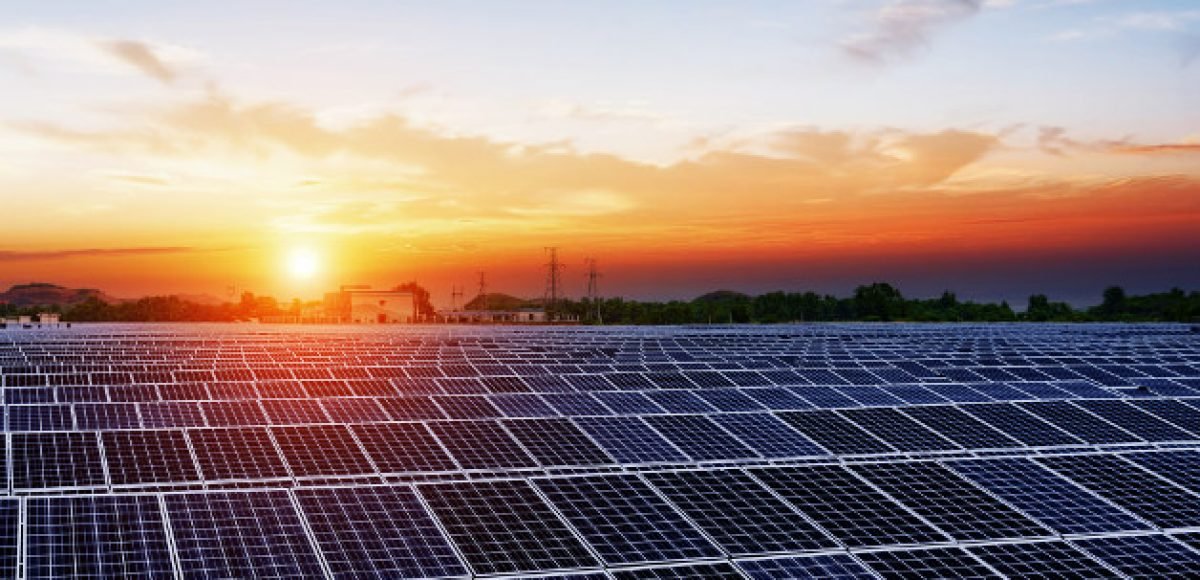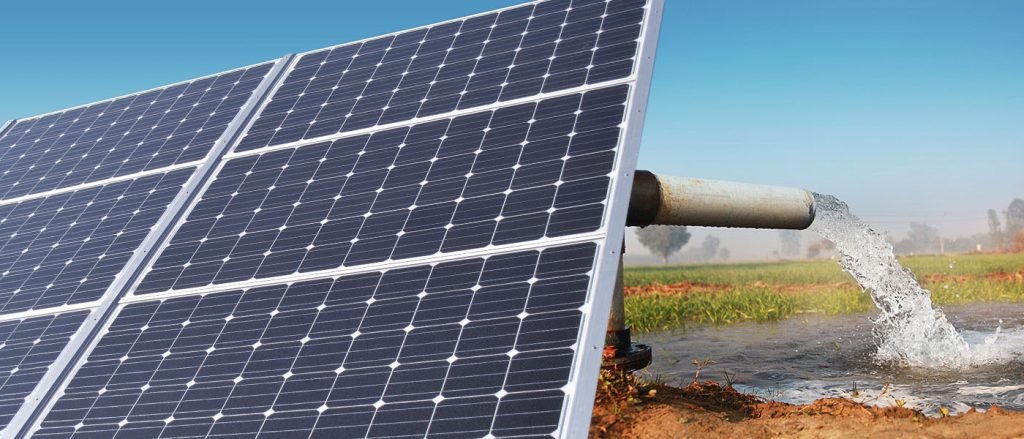
What is a solar pump and what is it used for?
What is a solar pump and what is it for? Next I will explain what this system consists of.
In this article we will highlight some of the multiple uses that can be given to photovoltaic solar energy, in this particular case we will talk about how to use the energy that the sun offers us every day to power a solar pumping system that will allow us to irrigation of crops, maintenance of swimming pools or simply using a pump where the electricity network does not normally reach, thus allowing us to avoid fossil fuel costs for the use of a generator and obtain considerable savings.
What is a solar pump and what is it used for?
As in a conventional pumping system, the function of a solar pump is very simple and straightforward: to set the water in motion to move it from point A to point B.
These installations are classified into two types, depending on whether it is pumped directly from panels when there is sun or if you have to accumulate energy to pump when there is no sun:
-Direct solar pumping (the most widely used): For example, when photovoltaic solar energy is used to pump water to fill reservoirs or water ponds , or to pump water directly to sprinkler irrigation, or…
-Indirect solar pumping (these are the least used): when solar energy is stored in the form of electrical energy, in accumulators or batteries to be able to pump at any time of the day (even at night).
These are the main elements that make up the operation of a solar pumping system :
- Solar panels : they will be in charge of capturing the sun’s radiation and transforming it into energy for our solar pumping system, like a diesel generator but producing 100% green and renewable energy. It is important to install panels in high places, free from any type of shade and that can generate the consumption power of our solar pump for at least the hours that we need the pump to work on average daily.
- Solar frequency converter or variator : it is responsible for transforming the direct current produced by the solar panels into alternating current suitable for use by the solar pumping installation. In addition, it plays a fundamental role in reading the power available in the photovoltaic panels, in order to regulate the speed of rotation of the solar pump based on this power, in order to maximize the extraction of water.
- Water pump : it is the element that will be in charge of extracting the water and will be sized according to our need for supply. There are multiple types:
- Low power (up to 1Kw). Domestic applications, small crops and isolated applications… In this case they are DC pumps (also known as solar pumps) and do not have a DC/AC conversion drive. Although there are also small systems with variators.
- Medium power (from 1kW to 50Kw). For irrigation, drinking water and livestock. Solutions in AC 230 and 400V triphasic.
- High power (from 50kW to 1 MW). For large irrigation systems, all three-phase at 400V
That is why we must choose the one that best suits the characteristics of our solar pumping installation.
- Battery : Despite not being a required element, since in most cases we can opt for a direct pumping method, it is almost essential on some occasions since without it we can only use solar pumping in daylight hours, and we will not have stored energy for night use. When batteries have to be used, the installation must be equipped with an isolated inverter (or three if it is a three-phase pump) that can generate the 230V from the batteries, although it is always recommended to also use a frequency variator to eliminate the pump start-up peaks or even to run the pump during daylight hours directly from the panels and then adjust the operation from the inverter at night.
Thanks to this form of pumping we can among many more uses: filling a tank or pool, sprinkler irrigation, distribution of drinking water, pool maintenance, etc.
Many of these tasks require different needs according to the needs of each one. That is why it is of vital importance to carry out a small study that allows us to know what dimensions our solar pumping system is going to have and what use we need of it to have a certain guarantee in its operation, that is why you must know at least the following data:
- Type of solar pumping: direct or indirect.
- Daily water need in litres/day or m³/day.
- Location of the water extraction site.
- Overall lifting height.
- Required flow in litres/hour or m³/hour.
- Maximum flow that can be pumped or extracted in the case of wells or river catchments, …
Once all these data are known, it is when we will calculate which is the most suitable photovoltaic solar pumping kit for this case. Depending on the hourly flow (m³/hour) that is necessary and the total elevation height, we will choose the power of the pump and the number of solar panels necessary for the installation of the solar pumping. You also have to take into account if the solar pump is going to be working all year round or seasonally or on a one-off basis.
We also have to take into account that if there is a conventional pumping system with a pump already installed and that it is in perfect working order, the correct pumping system can also be calculated to run that pump with photovoltaic solar energy, in order to reduce consumption. of electricity in the electricity bill or to reduce or eliminate the use of a generator set.
If you decide to use a solar pumping system, it will offer you many advantages:
- Savings : Without a doubt, the best advantage is the reduction in costs for the user. All the energy produced by the solar panels is energy that is eliminated from the electricity bill or fewer hours of use of the generator set, with the consequent fuel savings.
- Versatility : Since they do not require an electrical network for their operation, solar pumping systems can be installed anywhere, no matter how isolated.
- Less maintenance : opting for a solar pumping system is investing in getting rid of problems. This is so because, contrary to what usually happens with gasoline or diesel electric generators used in conventional pumping, solar pumping requires very little maintenance throughout its years of useful life.
- Zero emissions : Solar energy is 100% clean and as inexhaustible as the sun itself. No emissions or carbon footprint.
If you want to carry out solar pumping or convert your conventional pumping to solar pumping, do not hesitate to contact us through our contact form or by email at [email protected] with the main information of what you want to do and we will be happy to help you.

